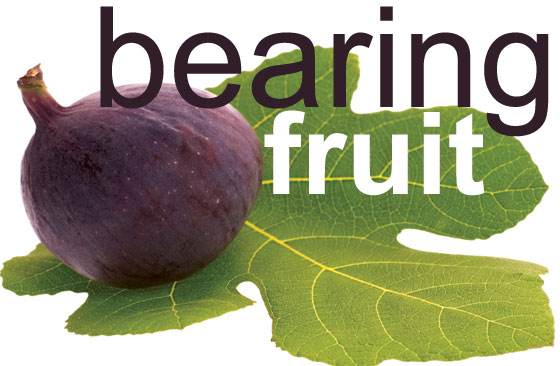FEATURE
STORIES
Bearing fruit
Four years after their launch in Kalpana Chawla Hall, residential freshman interest groups, or FIGs, have doubled their participation numbers. Why? They offer a rock-solid foundation for student success.

awn Remmers rolls through the advantages for students in freshman interest groups without hesitation. Higher grade-point averages, increased retention, easier transition from high school to college, academic support, a social network.
And the clincher: a quicker track to graduation.
“We bring students together in very intentional ways and create an environment where they can learn together,” she says of the groups, called FIGs.
These close-knit clusters of 22-25 students share the same major or academic interest. Those in residential FIGs live in Kalpana Chawla Hall, take several common courses and work together on class assignments.
Students in the other two FIG types—classic and fusion—may live on or off campus. All FIG members receive guidance from faculty mentors and student peer counselors.
UT Arlington introduced residential FIGs in fall 2004 with the opening of KC Hall. Four years later, the number of FIGs has increased from nine to 14 and participation from 206 students to more than 400. And there’s a waiting list.
“The biggest change is the popularity,” says Angel Taylor, associate director of Student Success Programs, which oversees the FIG initiative. “KC Hall has a great reputation. Students know that something related to academics is going on there, and they want to be part of it.”
Think of the program as a one-stop shopping spree for first-year college students where everything is free. It supports them academically through study groups, connects them to campus through faculty, staff and students who know the ropes, and addresses their social life by introducing them to 20 classmates with similar interests.
“The FIG program treats the whole student, not just a particular academic or social need here and there,” says Dr. Remmers, director of the University Advising Center, Student Success Programs and Testing Services. “It helps students meet their goals.”
Statistics back her up.
In fall 2007 the GPAs of FIG members were 11 percent higher than those of other UT Arlington students. Freshman retention rates from fall to fall have been about 10 percent greater for FIG students. And graduation rates have shown a 5-10 percent increase.
Four years ago UT Arlington Magazine spoke with students who were part of the first residential FIGs in KC Hall. We recently caught up with three of them: Brittney Joseph, Frank Perera and Kristin Kyser. All say the experience laid the groundwork for their success as students and, now, as alumni.
FIG success stories
— Mark Permenter
Other Stories
Deans named
for School of Urban and Public Affairs, Honors College
Study shows teen victims seek friends' help
United they stood
Supporters convinced legislators to trumpet the University’s research strengths
UT Arlington's new mace
Art meets Academia
Search
Contact Us
Office of University Publications
502 S. Cooper St.279 Fine Arts Building
Box 19647
Arlington, TX 76019-0647
